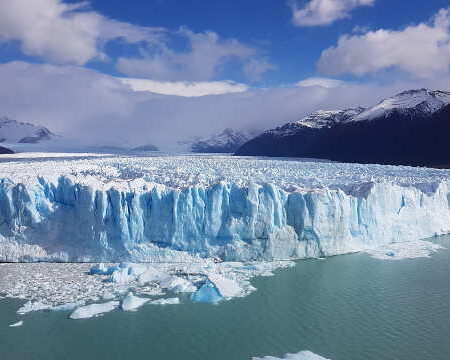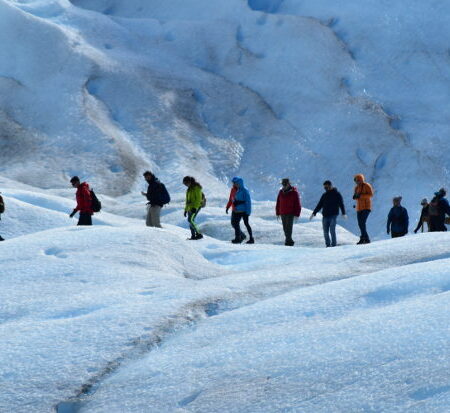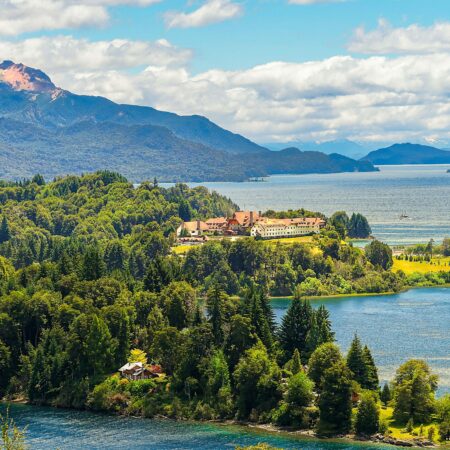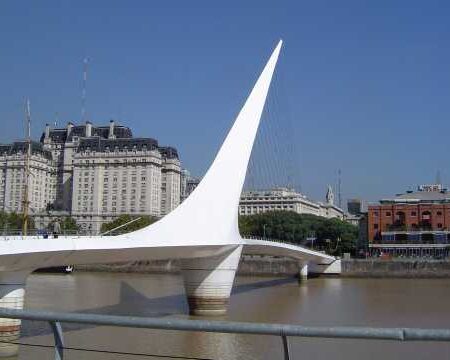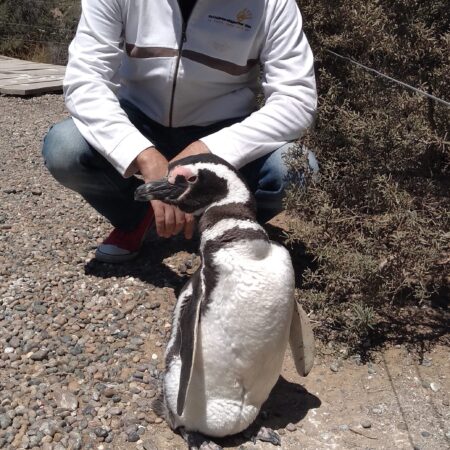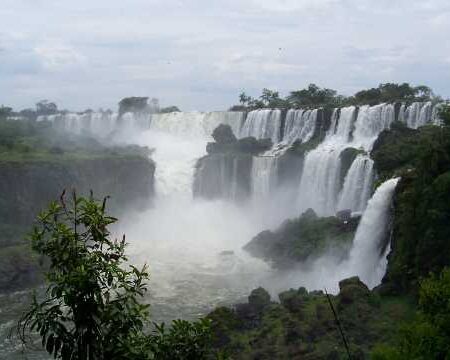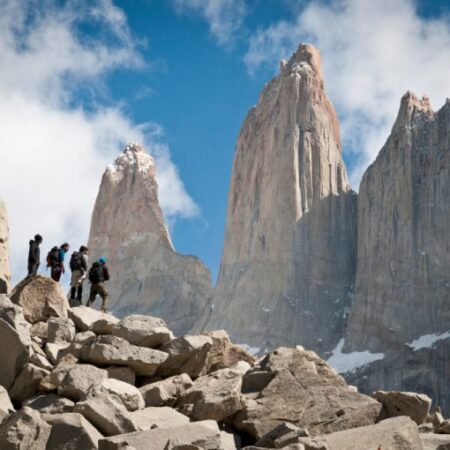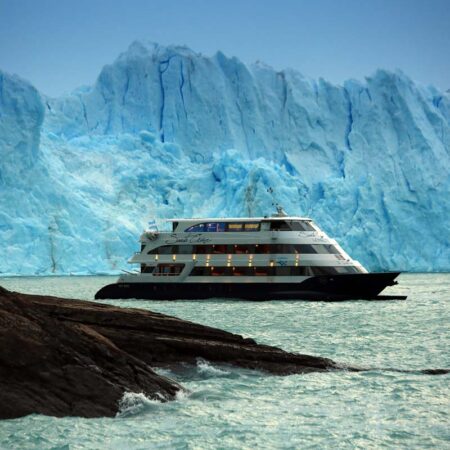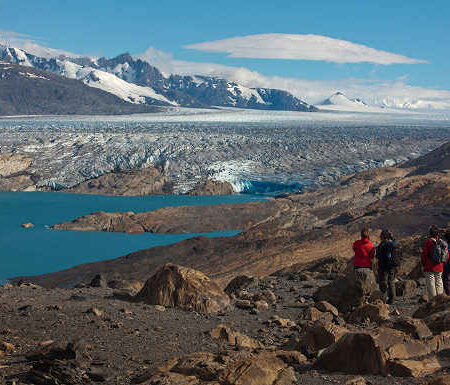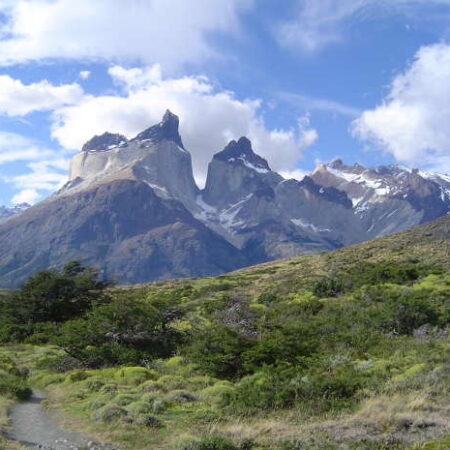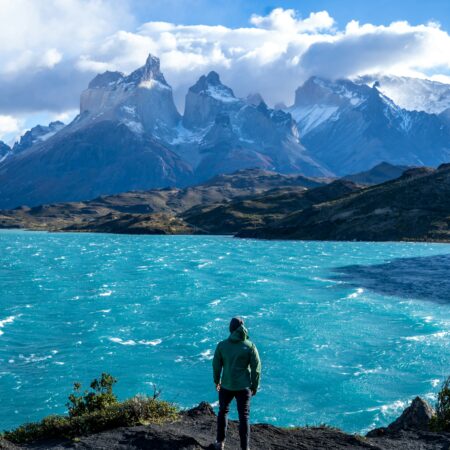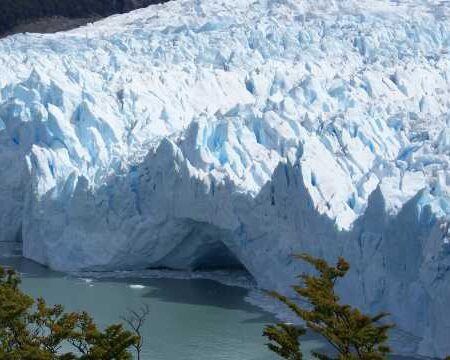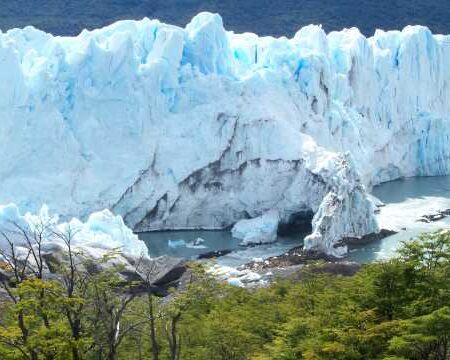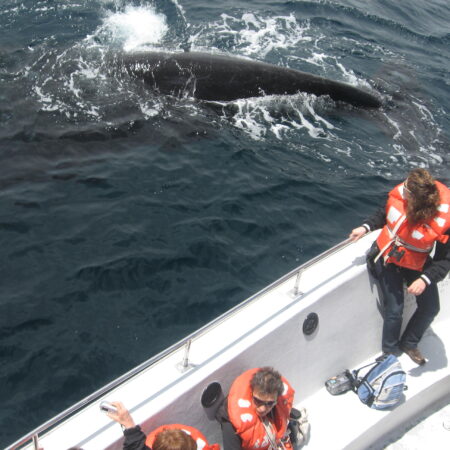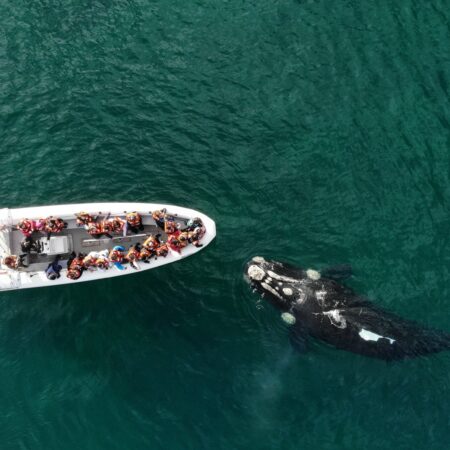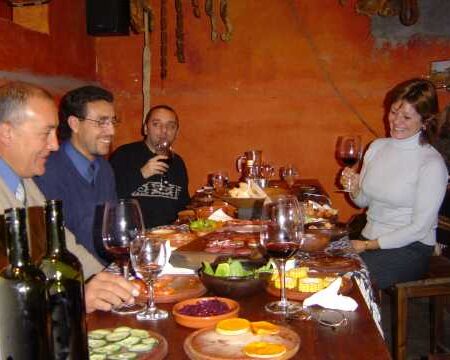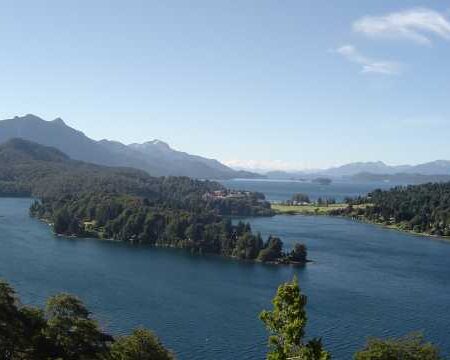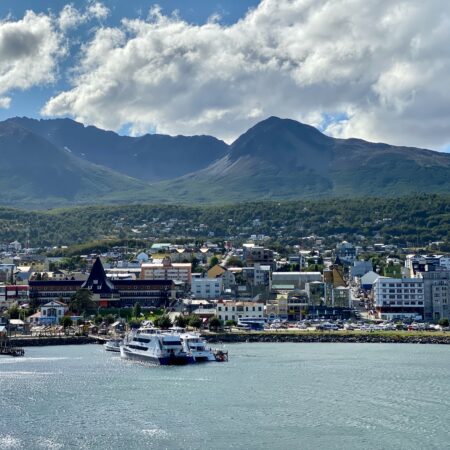Around 1500 strikers were shot dead during the events of the “Patagonia Trágica” (Tragic Patagonia), which began with a conflict between landowners and workers due to the dismissal of farm workers and poor working conditions. The Radical government sent a military group to solve the conflict, and Lieutenant Colonel Varela accomplished the mission by slaughtering workers in protest.The matter concluded in silence and with the government’s refusal to investigate the truth in order to avoid scandal.
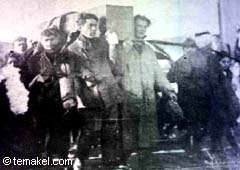 In some of the areas of Patagonia, it is still possible to gather the cries of rebel workers being executed in the 1920s. A macabre acoustics, which constantly recalls one of the episodes that scarred for life the history of the workers’ movement in Argentina. “Tragic Patagonia”: a factory of corpses, with the prior human degradation that makes it hard to call death by its own name. Because the executions made by the troops under the command of the Radical government were directed against workers who had nothing, who worked for 15-hours shifts, collecting manure at 18º C (64.4° F) below zero for insignificant wages, who almost had no time to spend with their families, and slept piled up in tiny rooms. Until one day they became aware of their humanity, a thought that outraged landowners and local authorities. They did not enjoy those powers, they could not think or act by themselves and, those who dared to do so would receive the lethal whip of the Law. This is what happened: around 1500 strikers were killed.
In some of the areas of Patagonia, it is still possible to gather the cries of rebel workers being executed in the 1920s. A macabre acoustics, which constantly recalls one of the episodes that scarred for life the history of the workers’ movement in Argentina. “Tragic Patagonia”: a factory of corpses, with the prior human degradation that makes it hard to call death by its own name. Because the executions made by the troops under the command of the Radical government were directed against workers who had nothing, who worked for 15-hours shifts, collecting manure at 18º C (64.4° F) below zero for insignificant wages, who almost had no time to spend with their families, and slept piled up in tiny rooms. Until one day they became aware of their humanity, a thought that outraged landowners and local authorities. They did not enjoy those powers, they could not think or act by themselves and, those who dared to do so would receive the lethal whip of the Law. This is what happened: around 1500 strikers were killed.
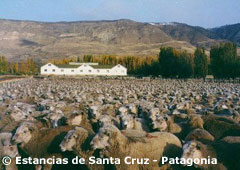 It all began as an economic crisis. After the First World War, wool prices dropped sharply, large landowners were no longer making profits and were gathering huge production stocks that could not be sold due to the lack of purchasers. Naturally, the effects of the crisis would first affect wage earners. A large number of dismissals plus the humiliating working conditions triggered the protests.
It all began as an economic crisis. After the First World War, wool prices dropped sharply, large landowners were no longer making profits and were gathering huge production stocks that could not be sold due to the lack of purchasers. Naturally, the effects of the crisis would first affect wage earners. A large number of dismissals plus the humiliating working conditions triggered the protests.
The Sociedad Obrera de Río Gallegos (Labor Society of Río Gallegos) and the Federación Obrera (FORA) (Workers’ Federation), anarchist-oriented, started to act immediately. They promoted an intense campaign to unionize workers. They spread out libertarian literature and fostered anti-oligarchic workers’ organization. Strikes began, and with them came arrests, 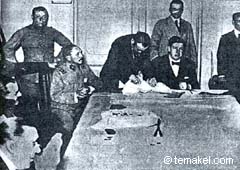 police raids and closure of workers’ stores in some of the cities of Patagonia. “White” paramilitary troops of the Liga Patriótica (Patriotic League) came on stage, persecuting strikers and collaborating with businessmen and landowners of the region, on the fringe of the law though without a de facto limit. Meanwhile, negotiations between workers and landowners were unsuccessful because the latter refused to accept a petition including basic demands presented by strikers in order to resume their activities. They claimed a minimum salary of 100 pesos, food in good condition, decent health conditions, candles to shine light during the nights, and that first-aid kit instructions were written in Spanish rather than in English.
police raids and closure of workers’ stores in some of the cities of Patagonia. “White” paramilitary troops of the Liga Patriótica (Patriotic League) came on stage, persecuting strikers and collaborating with businessmen and landowners of the region, on the fringe of the law though without a de facto limit. Meanwhile, negotiations between workers and landowners were unsuccessful because the latter refused to accept a petition including basic demands presented by strikers in order to resume their activities. They claimed a minimum salary of 100 pesos, food in good condition, decent health conditions, candles to shine light during the nights, and that first-aid kit instructions were written in Spanish rather than in English.
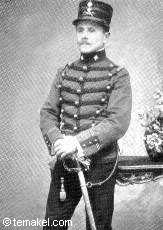 Aware of the crisis and under the pressure of Great Britain, which was concerned about the difficult situation of its fellow landowners in Patagonia, Radical President Hipólito Yrigoyen sent to Santa Cruz, in January 1921, the army troops commanded by Lieutenant Colonel Héctor Benigno Varela with the orders of normalizing the situation.
Aware of the crisis and under the pressure of Great Britain, which was concerned about the difficult situation of its fellow landowners in Patagonia, Radical President Hipólito Yrigoyen sent to Santa Cruz, in January 1921, the army troops commanded by Lieutenant Colonel Héctor Benigno Varela with the orders of normalizing the situation.
Unionists waited for the nation’s army with great optimism since they believed they would be on their side. Time would show how wrong they were.
Initially, conversations were established and, with the mediation of Governor Izza, they arrived at an agreement whereby landowners undertook to satisfy workers’ demands.
Varela and its men came back to Buenos Aires, but the breach of the agreement some months later made the situation burst into greater conflict. A general strike was announced and the haciendas (ranches) were seized. Workers’ organization was strengthened and 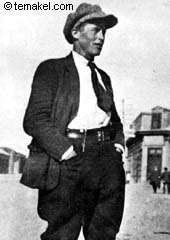 they acquired weapons for self-defense. The main leaders of the libertarian movement were the Spaniard Antonio Soto and José Font, from Entre Ríos, known as the noble gaucho “Facón Grande” (“Large Knife”).
they acquired weapons for self-defense. The main leaders of the libertarian movement were the Spaniard Antonio Soto and José Font, from Entre Ríos, known as the noble gaucho “Facón Grande” (“Large Knife”).
In light of this belligerent perspective, in May 1921, Varela’s troops returned, this time with the precise objective of terminating strikes and revolts at any cost.
Taking as excuse a confusing episode of confrontation with bullets between a landowner and ordinary vandals that had nothing to do with the protest, Varela interpreted that it was an event of armed insurrection and, resorting to the Military Code provisions, he declared Martial law. This is how a bloody escalation of violence and repression would burst out, eliminating strikes by implementing massive executions of 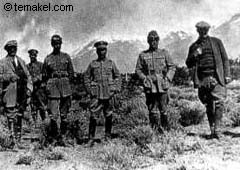 anarchists and rural workers.One of the bloodiest events took place in Estancia La Anita, where hundreds of workers were killed by firing squads. There was also a tragic episode in the fields of the Bella Vista cattle breeding farm. The corpses of 200 workers killed at this location were taken to a common grave in what is currently known as the Cañadón de los Muertos (Canyon of the Dead), near the city of Gobernador Gregores. Among the 1500 victims left by military actions in the South of Argentina, Hugo Soto and Facón Grande were found.
anarchists and rural workers.One of the bloodiest events took place in Estancia La Anita, where hundreds of workers were killed by firing squads. There was also a tragic episode in the fields of the Bella Vista cattle breeding farm. The corpses of 200 workers killed at this location were taken to a common grave in what is currently known as the Cañadón de los Muertos (Canyon of the Dead), near the city of Gobernador Gregores. Among the 1500 victims left by military actions in the South of Argentina, Hugo Soto and Facón Grande were found.
Strikes and executions ended, though the passions left by the genocide would not remain adrift. Kurt Gustav Wilckens, a German anarchist whose brother had been executed, would begin a chain of vengeance one year after the massacre. He came to Buenos Aires to kill Varela. He followed Varela near his house in the 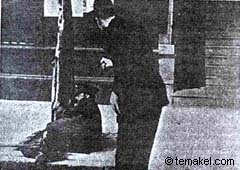 neighborhood of Palermo, threw a bomb at him and then shot him dead with several bullets. A sentinel killed Wilckens by shooting him through the peephole of the cell where the victim was imprisoned. Finally, the sequence of revenge ended with the homicide of the sentinel by the hands of an old Patagonian striker.
neighborhood of Palermo, threw a bomb at him and then shot him dead with several bullets. A sentinel killed Wilckens by shooting him through the peephole of the cell where the victim was imprisoned. Finally, the sequence of revenge ended with the homicide of the sentinel by the hands of an old Patagonian striker.
Whether Hipólito Yrigoyen played a direct role in the episodes of “Tragic Patagonia” is unknown. Theories are widely diverse. However, what should not be disregarded is that, despite the claims of the opposition, the Radical caucus – majority in the National Congress -, did not allow the intervention of an Investigation Commission to study the events. They decided that the truth would not come to light, partly because they wanted no more friction with the United Kingdom, a country with which Argentina had significant economic relations in those times (most of the estancias were owned by English people). They also 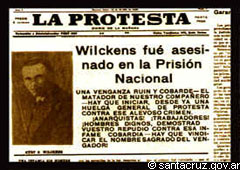 considered that it was not convenient to stir conflict; after all, the victims were just some insignificant people in the boundaries of the Patagonian desert. In this way, the radical government was largely responsible not only for the execution but also for silencing the genocide. History should remember the events in that way.
considered that it was not convenient to stir conflict; after all, the victims were just some insignificant people in the boundaries of the Patagonian desert. In this way, the radical government was largely responsible not only for the execution but also for silencing the genocide. History should remember the events in that way.
